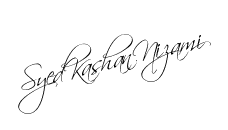Figure 8. Comparison of computers then and now. Courtesy of International Business Machines
This process has spanned three generations of growth:
The First Generation: The 1950s. Marked by the arrival of the UNI VAC, first-generation machines are identified by their use of electronic tubes. They were generally capable of executing about 1000 instructions per second and could store no more than 20,000 characters of information. It was during this time that Admiral Grace Hopper, a pioneer of the modern computer age, began what is generally considered the first career as a computer programmer. Hopper also pioneered the development of COBOL; perhaps the most common of all computer languages. The Second Generation: 1960 to 1965. First-generation computers were considered obsolete by 1960, as transistors replaced tubes. The second-generation computers were considerably smaller than their predecessors and handled in the range of one million instructions per second. The solid state technology ad these systems increased their storage capabilities and reliability, making them more attractive to business and industry. Computer concepts, such as operating systems, time sharing, and data communications, were -refined and gained a greater use. The Third Generation: 1965 to the Present. Advances in integrated and printed circuits have spawned the current generation of computers, which are smaller, faster, have more storage capacity, and are more affordable than ever before. There are, of course, many different types of computers available for modern use.Before we finish : If you need more help or have an opinion or suggestion Please leave a comment Below. This is a Do-Follow Blog leaving a comment will also help your blogs Google rank.





0 comments:
Post a Comment
Hello guys we are working very hard to help you to know computer basic and we are providing you the techniques which help you to know computer components to a high extend